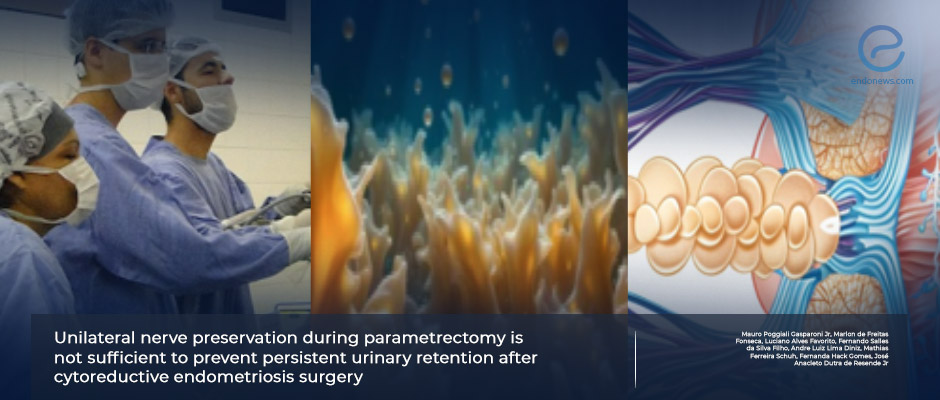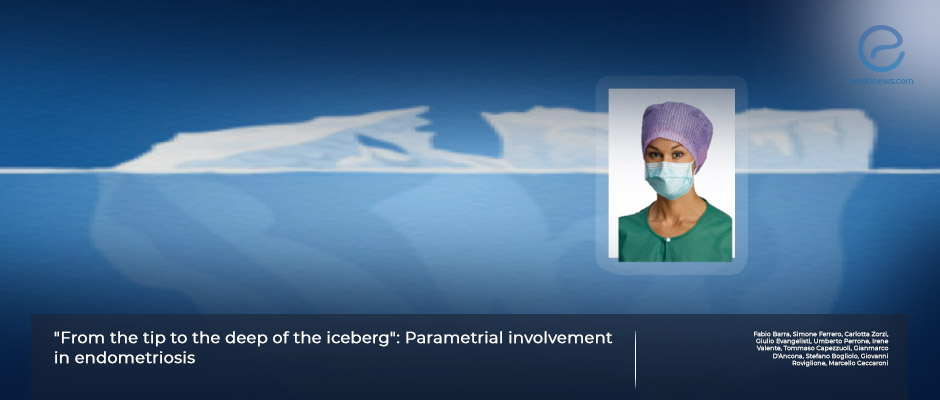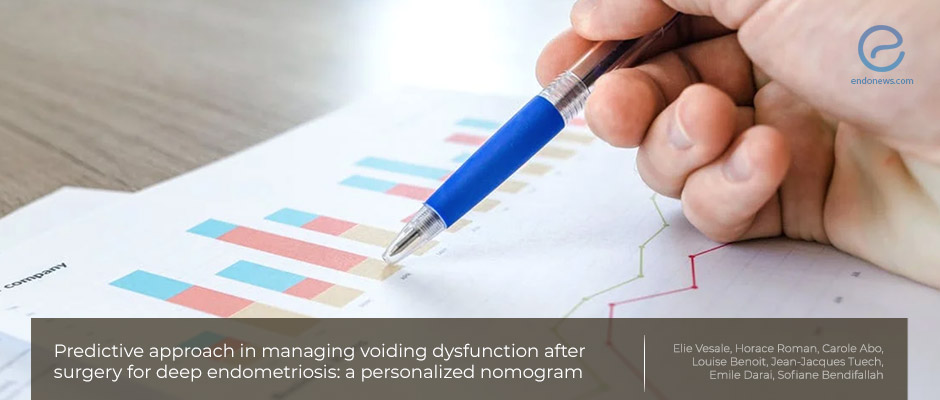Impact of Nerve Preservation During Parametrectomy on Urinary Retention in Deep Endometriosis Surgery
Deep infiltrating endometriosis (DIE) is the most advanced form of the disease, characterized by lesions penetrating deeper than 5 mm. Surgical treatment requires a meticulous approach to minimize functional complications. Deep lesions involving the parametrium, uterosacral ligaments, and anterior rectal…
Key Points Lay SummaryThe depth of the iceberg: Parametrial involvement in deep endometriosis
Academicians led by members of the International School of Surgical Anatomy from Italy have published their paper on parametrial involvement of deep endometriosis in the medical periodical named “Best Practice & Research Clinical Obstetrics & Gynecology”. Deep endometriosis is troublesome when…
Key Points Lay SummaryDeep lateral parametrial endometriosis nerve-sparing surgery
Dr. Kanno et al. from the Department of Obstetrics and Gynecology of Kurashiki medical center, Okayama, Japan recently published a deep lateral parametrial endometriosis case report in the journal named Fertility and Sterility. The aim is to demonstrate the technical and…
Key Points Lay SummaryParametrial endometriosis and postoperative voiding dysfunction.
Parametrium constitutes a complex connective tissue containing blood vessels, the ureter, and the inferior hypogastric plexus, that extends from the lateral surface of the cervix and vagina to the lateral pelvic wall. Parametrial endometriosis may involve the vessels, nerves, and…
Key Points Lay SummaryPredictors of voiding dysfunction after surgery for deep endometriosis
While surgery for deep endometriosis provides relief and improves the quality of life in symptomatic patients for whom medical therapy has limited effect, it may also create postoperative lower urinary tract dysfunction. Moreover, postoperative voiding dysfunction could affect the quality…
Key Points Lay Summary
 By Selma Oransay
By Selma Oransay

 By Nasuhi Engin Aydin
By Nasuhi Engin Aydin


